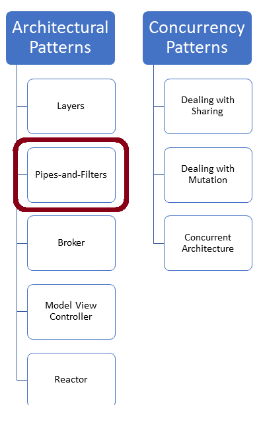Announcing Meeting C++ 2023
Today this years edition of the Meeting C++ conference has been announced:
Announcing Meeting C++ 2023
by Jens Weller
From the article:
This years Meeting C++ conference will be held in Berlin on the 12th - 14th November!
Like in the previous year, we will be hosting 3 tracks on site and plan for a prerecorded online track. The online part also will include live streams from all onsite talk tracks.
Tickets are available via event brite...

 The layers pattern splits a task into horizontal layers. Each layer has a specific responsibility and provides a service to a higher layer.
The layers pattern splits a task into horizontal layers. Each layer has a specific responsibility and provides a service to a higher layer. How to write a class and fuction template declaration which uses functions and lambda expressions as non-type template parameter.
How to write a class and fuction template declaration which uses functions and lambda expressions as non-type template parameter.